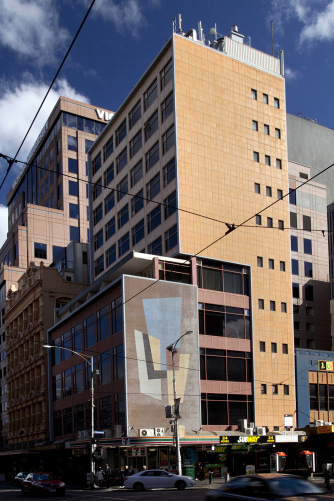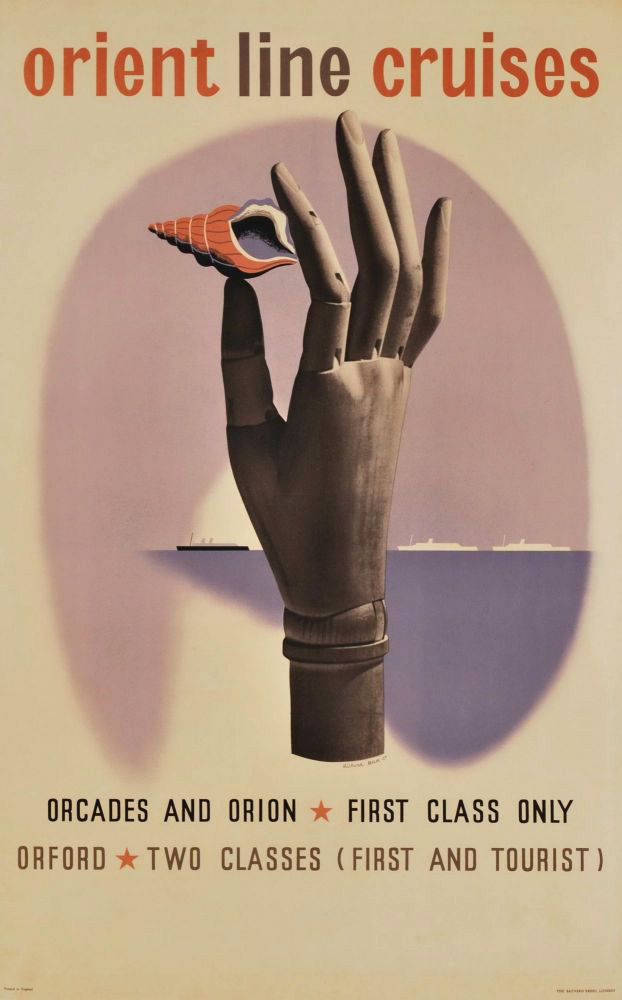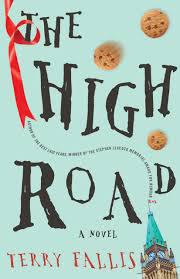Hosie’s Hotel
When Melbourne was selected in 1949 to host the 1956 Olympic Games, the city was still a relatively small urban centre composed mainly of low rise 19th and early 20th century buildings. A prolonged depression, followed by a world war, had brought new construction and infrastructure development almost to a complete halt, and the city lacked many modern amenities required for the expected influx of visitors. This, of course, included hotel accommodation.
In 1953 Carlton & United Breweries announced plans to construct a modern, air conditioned 13 floor hotel on the corner of Elizabeth and Flinders Street. The site had been occupied by a pub since the mid-19th century, which was purchased in 1885 by well-known hotelier James Hosie.

Opening in 1955, the new Hosie’s Hotel (designed by architectural firm Mussen, Mackay & Potter) was an interesting amalgam of a low, glass fronted podium integrated into the hotel room tower behind it. With its tiled, rendered and painted surfaces, and windows of various dimensions, the building had a playful appearance that contrasted with the often stark Modernist commercial designs of the time.
The visual interest is further enhanced by a four-storey high mural on the Elizabeth Street elevation. Composed of small ceramic tiles, the abstract image (representing three glasses clinking together) was designed by English graphic designer Richard Beck (1912-1985).


Beck studied art and design in both London and Munich before setting up his own design consultancy service. Throughout the late 1930s he produced posters and publicity material for various organisations including London Transport and the Orient Line; work that exhibited his obvious talent for expressing the new Modernist visual language.

Leaving England for New Zealand in 1939, Beck eventually settled in Australia in 1940, establishing Richard Beck Associates after the war. The consultancy prospered throughout the 1940s and 50s, collecting numerous industry awards and cementing Beck’s professional reputation as a leading figure in contemporary graphic design. In 1954 he entered, and subsequently won, the design competition for the official 1956 Melbourne Olympic Games poster. Initially released in December, 1954, as a stamp to promote the upcoming games, Beck’s design was awarded a bronze medal at the International Stamp Congress in Milan in 1956.

*image courtesy National Gallery of Victoria
In addition to a diverse range of commissions and ongoing awards, Beck’s career was also highlighted by appointments to various industry related positions throughout the following years including Associate of the Industrial Design Institute of Australia (1958) and Head of Graphic Design at the Prahran Technical College (1969). He also served on the consultancy panel during the 1960s for the design of Australia’s new decimal currency.
A significant figure in the post-war history of Australian graphic design, Richard Beck’s work is now represented in numerous art collections throughout the country and abroad. His most accessible piece is one of the few large-scale abstract works on public display in Melbourne from this period and, as such, is now listed on the Victorian Heritage Register.
Advertisements Share this:





